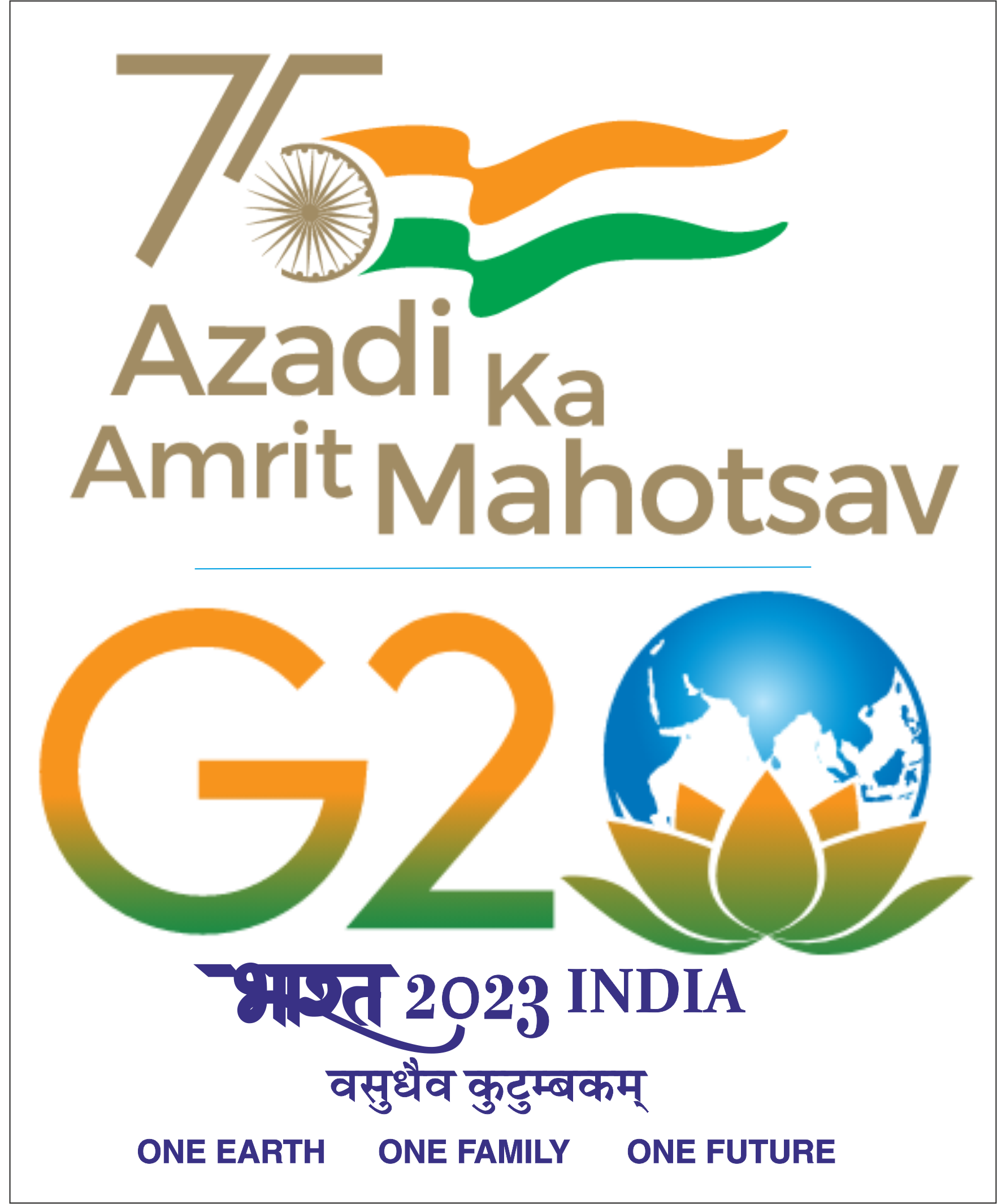Mr. Prandh will present his APS as per the details below:
Date: 26th September, 2023
Time: 1400 – 1500 hrs.
Venue: CTARA Conference Room No.2
Topic: Evolution of lakes from rural to urban system and impacts on lake hydrology, ecosystem services and people: a case study of Bengaluru lakes
Guide: Prof. Pennan Chinnasamy
RPC Members: Prof. Chaaruchandra Korde, Prof. Haripriya Gundimeda
Abstract:
In India, surface water bodies such as lakes are under tremendous pressure due to the rural-tourban transformation. On similar grounds, the interconnected system of lakes in Bengaluru also faces the consequences of unsustainable urbanization, affecting the water balance, the provision of ecosystem services, and dependent communities. As per the latest assessments, 98 % of the lakes are encroached, 90% are sewage-fed, and 82 % show a reduction in their catchment area. However, existing research on lakes considers them as standalone systems rather than interconnected systems, thus neglecting some of the crucial and unique characteristics of the cascaded lakes in Bengaluru: larger interconnectivity, causing inherent asymmetry, and expansion of stakes beyond the resource boundary. Upon identifying the existing research gaps, it is proposed to have an interdisciplinary approach to understand the rural-to-urban transformation of the lake on a hydrological scale (lake series scale), incorporating externalities caused by urbanisation. Based on the methodological site selection process, the Yele Mallappa Shetty (YMS) lake series is selected as the study area, considering its geographical position, the fair distribution of urban, peri-urban, and rural areas and the low visibility of its issues in the research arena. The present study examines the rural-to-urban transformation of the YMS lake catchment using Land Use Land Cover Change analysis and selected lake case studies. Over the past four decades (1993–2023), the built-up area in the catchment has increased by 383% due to the conversion of agricultural land (58%) and open spaces (24%). During the period, the water spread area increased by 45% due to the entry of wastewater contributed by urbanisation. Consequently, pollution has led to a 114.4% rise in aquatic vegetation cover in the end lake of the series from 2009 to 2023, covering 46.3% of the present water spread area. Individual case studies on selected lakes reveal trade-offs among users at intra and inter-lake levels. Intra-lakelevel conflicts originate from changes in physical characteristics and restricted resource access due to urbanisation. At the inter-lake level, issues are caused by alterations in the lake hydrology, water diversion, and increased wastewater disposal and water logging, bringing differential impacts on upstream and downstream users. Thus, analysis of changes in the catchment hydrology is crucial to intervene for better upkeeping of lakes. Based on a detailed review, the Soil and Water Assessment Tool (SWAT) model appears to be a suitable choice for studying the impacts of urbanisation on lake hydrology. This model can guide future research on the impacts of urbanisation on lake hydrology, ecosystem services, and communities, contributing to the development of scientifically validated management plans.





